This was published 5 years ago
Slim Dusty Centre, Kempsey, New South Wales: Where to immerse yourself in Slim Dusty's music
By Steve Meacham
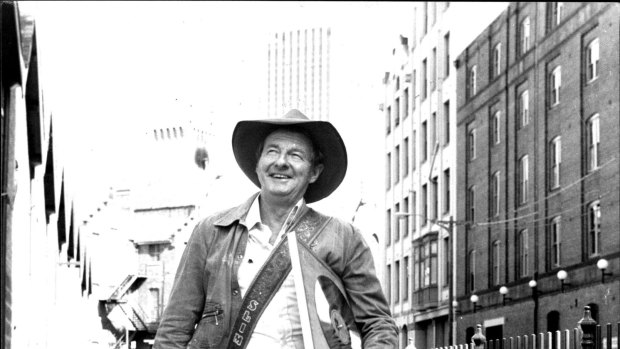
Slim Dusty in 1979.
"Joy McKean was the star at the beginning, not Slim," says Shirley Thring. "She was the first person in the family to be awarded a Golden Guitar, though Slim won his later that night for Lights on the Hill at the inaugural Tamworth Country Music Festival.
"Joy and her sister Heather had a Saturday radio show on 2KY. That's where Slim got his big break.
"She was also a songwriter and multi-instrumentalist – unlike Slim, who only ever played the guitar.
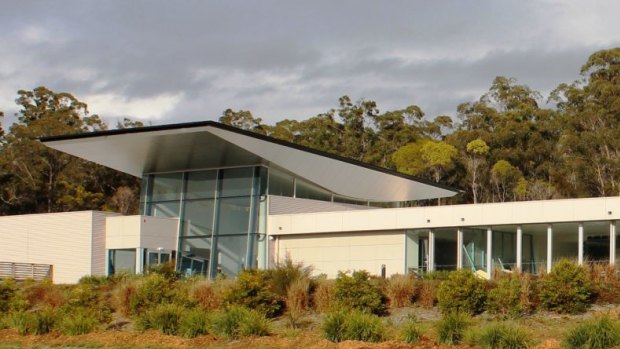
The Slim Dusty Centre in Kempsey.
"But Joy always had faith in Slim. It was Joy who kept them afloat, in terms of talent, organisation and finances. Though it was always the Slim Dusty Show, Joy was an equal partner. She knew Slim brought in the fans."
Given the location – Kempsey's $10.4 million Slim Dusty Centre – this might sound like heresy.
Except Thring is both an academic and a volunteer guide. She knew Australia's most famous country singer (born David Gordon Kirkpatrick on June 13, 1927) and is still in contact with Joy and their two children, Anne and David Kirkpatrick.
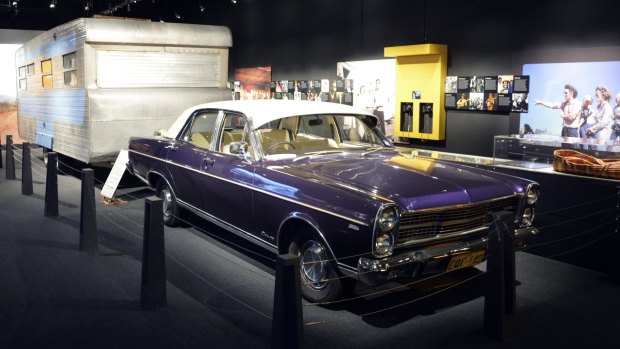
Old Purple, a ZD model Ford Fairlane 500 bought by Slim Dusty in 1971, on display at the Slim Dusty Centre.Credit: Shutterstock
"From the very beginning," Thring continues, "Joy believed Slim would change Australian country music – giving it an Australian vernacular. Before Slim, Australian country music was just a copy of American country and western."
We're talking in the centre's Golden Gallery, which houses the family's 51Golden Guitars (Slim won 38, Joy has seven, and Anne has six so far).
Slim never saw "his" centre, though he did see a model before he died in September 2003.
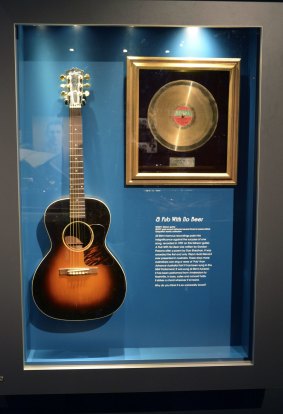
Slim Dustry's Gibson guitar and gold record for A Pub With No Beer at the Slim Dusty Centre.Credit: Shutterstock
"Some people wanted it to be in Tamworth, but Slim insisted it should be here in Kempsey," Thring says. "This was his home town. He was born on a dairy farm on the hills on the Nulla Nulla Creek.
"It's where he wrote his first song, The Way the Cowboy Dies, when he was 10, and where he adopted his stage name Slim Dusty when he was 11."
By the time the centre was finally unveiled in 2015 (much delayed by the Global Financial Crisis), many wanted it to be called the Slim Dusty and Joy McKean Centre.
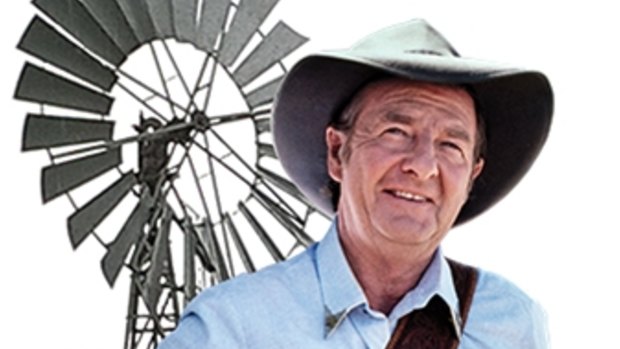
Slim Dusty captured the mood of rural Australia.
"But Joy refused," Thring continues. "She got a little annoyed when Anne made reference to Joy's contribution during the official opening."
The tour begins in earnest in the movie theatre with excerpts from the 1984 dramatised documentary, The Slim Dusty Movie – a visual encapsulation of the annual, 10-month-long 50,000-kilometre journey around Australia Slim and Joy made for at least 20 years.
Thring and I walk in when Slim and his band are singing a song (Just Rollin') in front of Uluru.
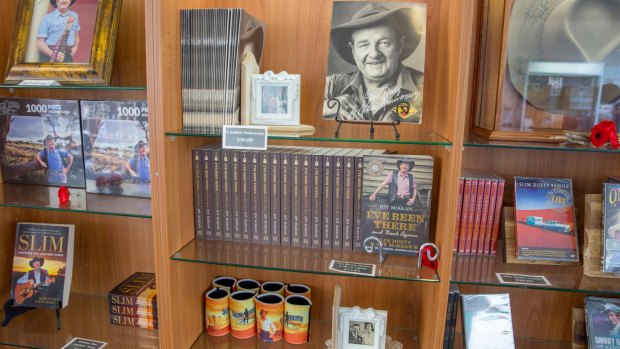
Gifts and items named after the famous Australian country singer on display at the Slim Dusty Centre.Credit: Alamy
Australia will never produce another recording artist like Slim Dusty. His 1957 hit, A Pub with No Beer became the biggest selling Australian single, the first to reach No. 3 in the UK charts. The first artist in history to record his 100th album (beating Cliff Richard), he sold more than 7 million albums.
"Slim's dad was a dairy farmer but he was also a musician and a bush poet who preferred Lawson to Paterson," Thring explains as we're standing in front of the display showing where young "Gordon" grew up.
Leaving school at 12, the half-educated Gordon had already decided dairy farming was not for him, encouraged by his Belfast-born grandmother, Mary.
The exhibition hall is not simply an encapsulation of Slim's career, but a social history of working class Australia from the 1950s to the present day.
There's "Old Purple", Slim and Joy's last touring caravan (Joy deserved a Golden Guitar just for her packing skills!).
You wonder at their various stage costumes, plus Joy's surprisingly small wedding dress. ("If I had to rescue any one thing from a bush fire this would be it," Thring says. "To me, it symbolises their lifelong partnership.")
But the lasting legacy is the songs (many written by Joy).
From the outback dreaming of Ringer from the Top End to the last lament of the doomed lorry driver in Lights on the Hill – even the comic companionship of Duncan – Gordon and Joy captured a part of Australia every bit as authentic as anything Paterson or Lawson wrote about.
TRIP NOTES
Slim Dusty Centre: www.slimdustycentre.com.au
Steve Meacham travelled at his own expense.
Sign up for the Traveller Deals newsletter
Get exclusive travel deals delivered straight to your inbox. Sign up now.